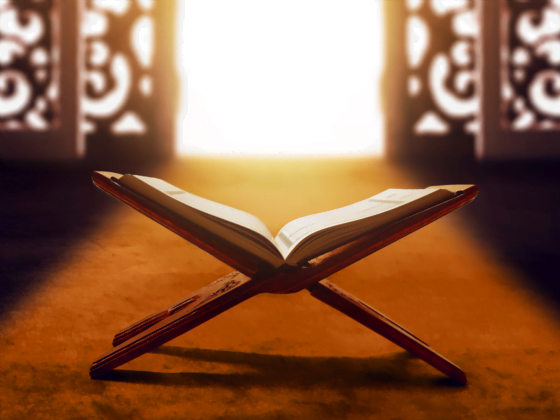QUESTION:
- Who compiled the Quran that we have with us today?
- Is it missing any Surah or Ayaat?
- If it doesn’t miss any Ayaat, is there then some of the Ayaat that are placed in the wrong place in the Quran today?
- Did Imam Ali compile a different Quran? If yes, does this then mean that the Quran was NOT compiled during the time of the Prophet? But by the caliphs after, and then may result in some Ayaat to be misplaced?
- Was it Imam Ali who gave the Quran dots? If it was not Imam Ali and it was done under the time of Muawiya, doesn’t this then mean that the Quran was changed, or would it not be called “a changing in the Quran” who was done by someone who had no right to do so?
Nouh
ANSWER:
In the Name of Allah, the All-Beneficent, the All-Merciful.
May Allah bless Muhammad and his Family and damn their enemies.
A1. The holy Prophet (peace be upon him and his pure family) was the one who compiled the Quran that we have with us today, during his time. If the Quran was not compiled during the time of the Holy Prophet (peace be upon him and his pure family) then it would not have been called “Quran”. This is because the word “Quran” can only be called on the “compiled” text; thus it was called “Quran” because it compiled the different chapters in it.
A2. The Quran that Muslims have possession of today is the same Quran that was revealed on the Holy Prophet (peace be upon him and his pure family). No word or letter to it has been added nor subtracted.
A3. The current arrangement of the verses and chapters in the holy Quran is correct. What may be incorrect, however, is the numbering of verses. The “Basmalah” is an independent verse of each Surah; it is not an additional verse nor part of the first verse of each chapter. Also, Sheikh al-Habib considers that al-Dhuha and al-Sharh are actually a single chapter, and similarly, al-Fil and Quraish are a single chapter; according to detailed research.
A4. The Quran complied by the Commander of the Believers (peace be upon him) has two additional features to the Quran compiled at the time of the Holy Prophet (peace be upon him and his pure family). The first of which is having the verses and chapters arranged in chronological order. This helps to better understand the verses of the Quran and deduce the laws from them easier. The second feature is documenting the inspired commentaries of the verses that were also revealed upon the Holy Prophet (peace be upon him and his pure family). This helps to avoid any misinterpretation of the verses.
A5. The student of the Commander of the Believers, named Abul Aswad al-Du’ali, was the first who placed the dots known as “Tanqit” and vowel marks known as “Tashkeel” on the Arabic letters. He was constructed and taught by the Commander of the Believers (peace be upon him) himself. This has also been reported by the theological opponents of Ahlul-Bayt (peace be upon them). Ibn Hajar, for example, said in the biography of Abul Aswad:
Narrated of al-Mubarad: The first who placed dots on the Mushafs was Abul Aswad. When he was asked: Who has paved this approach for you? He said: I have been taught by Ali, son of Abu Talib.
al-Isaba, by Ibn Hajar, volume 03, page 456
Also, Abu Hilal al-Askari said:
Abul Aswad was the first who placed the dots on the Mushaf.
al-Awa’il, by al-Askari, volume 01, page 130
The Office of Sheikh al-Habib





